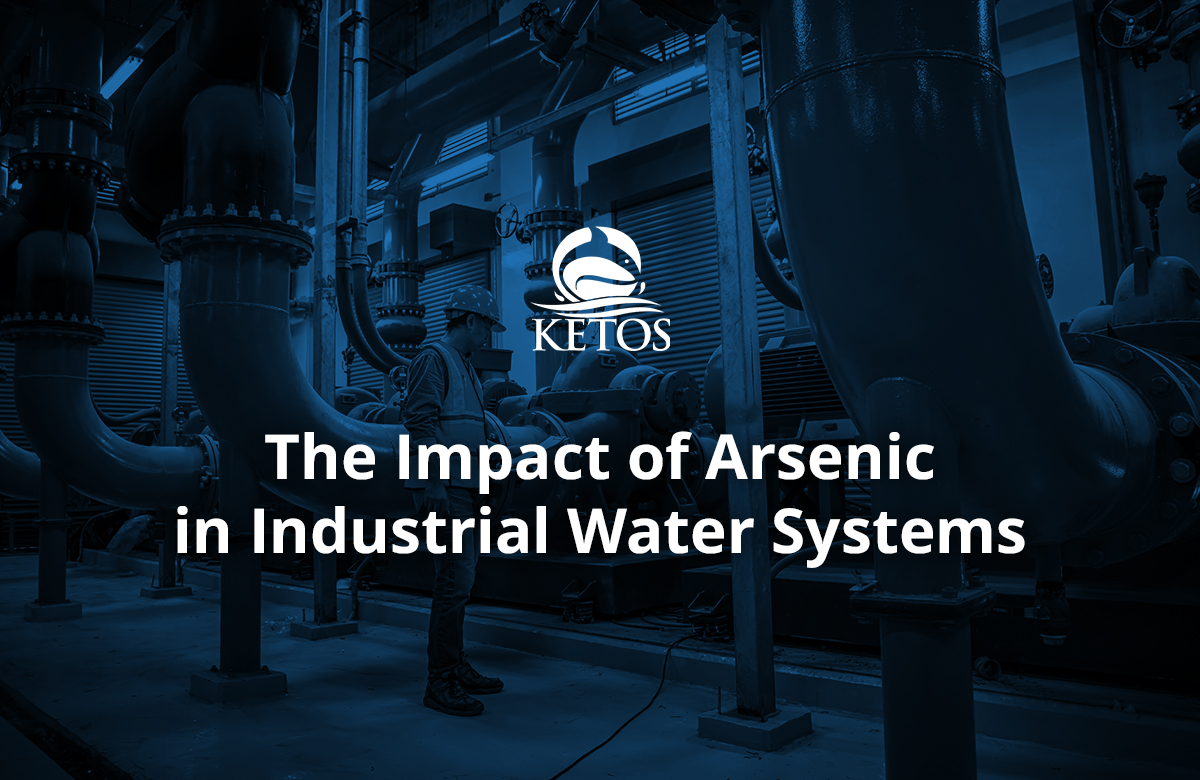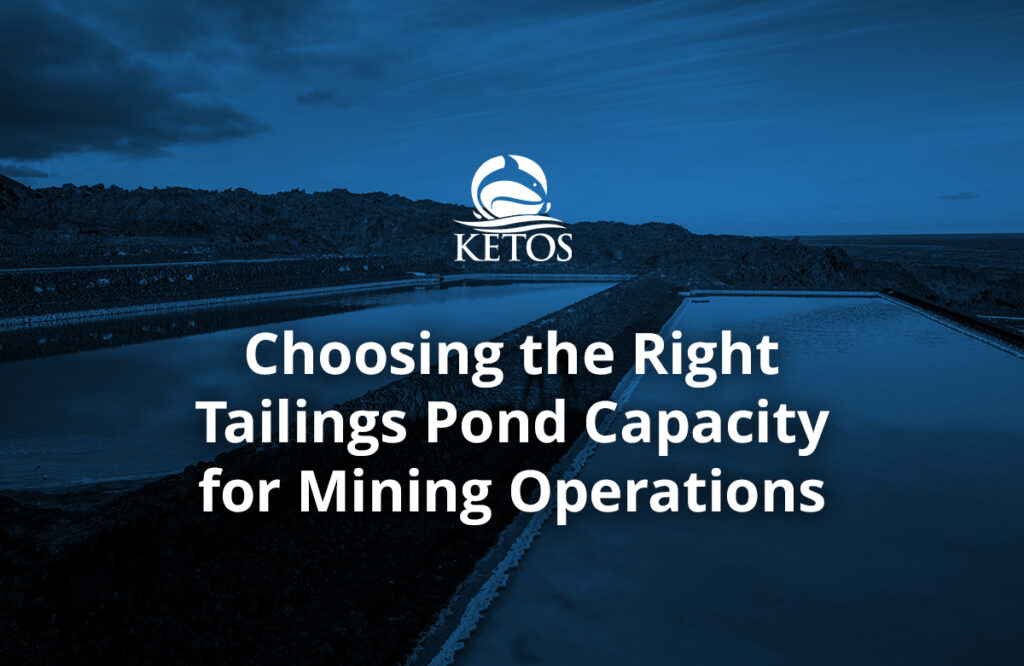Arsenic is a naturally occurring element that can infiltrate water supplies through geological deposits, industrial discharge, or runoff from contaminated sites. For industrial operations, even trace levels of arsenic in water pose serious risks. This includes harm to equipment, elevated operational costs, product contamination, and non-compliance with environmental regulations. As water becomes more integral to processing, cooling, and production systems, routine industrial water testing becomes essential to detect and manage arsenic and other water contaminants effectively.
Sources and Behavior of Arsenic in Water
Arsenic contamination can originate from both natural and anthropogenic sources. In industrial environments, the element can be introduced through:
- Groundwater extraction in regions with arsenic-rich mineral deposits.
- Runoff from mining, smelting, or chemical manufacturing sites.
- Discharge from pesticide and wood preservative production.
- Leaching from industrial waste storage or tailing ponds.
In water systems, arsenic typically exists in two oxidation states: arsenite (As III) and arsenate (As V). These forms have different solubility and mobility characteristics, affecting how they spread through piping, cooling towers, and process systems. Arsenic may also interact with other metals or organics, forming compounds that are more difficult to detect without precise, real-time monitoring. Additional context from the National Institute of Environmental Health Sciences highlights the industrial and geological sources of arsenic contamination in various regions.
Operational Risks Linked to Arsenic Contamination
The presence of arsenic in water used for industrial purposes can lead to a range of operational challenges, including:
- Scaling and fouling: Arsenic compounds may precipitate and cause scale buildup on heat exchangers or pipe interiors.
- Product quality risks: In industries like food and beverage, electronics, or pharmaceuticals, water purity directly affects product integrity.
- Corrosion acceleration: Arsenic can react with metals in process equipment, reducing lifespan and reliability.
- Increased maintenance: Frequent cleanouts or unplanned equipment downtime can become necessary due to arsenic accumulation.
Beyond operational performance, the greatest concern is the potential for regulatory violations. Permitted arsenic levels in industrial effluent and discharge are tightly controlled by agencies such as the U.S. Environmental Protection Agency (EPA), often capped at 10 parts per billion (ppb) for potable water or lower for specific applications. Violations can trigger fines, shutdowns, or long-term reputational damage.
Compliance Pressures and Monitoring Requirements
Industrial facilities must maintain strict water quality documentation to remain in compliance with local, state, and federal standards. Regulatory frameworks such as the Clean Water Act and the Safe Drinking Water Act define allowable limits for arsenic in both intake and discharge streams. Non-compliance not only results in financial penalties but may also complicate licensing, inspections, and contract eligibility.
Traditional testing methods, such as lab-based grab samples, are no longer sufficient for dynamic water systems where arsenic levels may fluctuate by the hour. This makes real-time water testing a strategic necessity. Facilities need a way to:
- Continuously monitor arsenic levels in influent and effluent streams.
- Trigger alerts when thresholds are approached or exceeded.
- Document water quality data for audits and reporting.
- Integrate water monitoring into broader environmental control systems.
Why Conventional Testing Falls Short
Manual sampling, while common, presents several limitations in the context of industrial water testing:
- Time delays: Results from external labs can take days, delaying corrective action.
- Sampling inconsistencies: Spot testing may miss contamination spikes between sampling intervals.
- Labor dependency: Frequent sampling requires skilled technicians and increases operational costs.
- Limited visibility: Incomplete data hinders trend analysis and predictive maintenance.
In complex systems where arsenic in water can impact multiple endpoints, from boilers to cooling towers to discharge outlets, these gaps can have costly consequences.
Advantages of Real-Time Arsenic Monitoring
Modern sensor technologies now enable continuous arsenic tracking across industrial systems. These platforms integrate hardware, connectivity, and software to deliver high-frequency, real-time readings without the need for manual intervention.
Key benefits include:
- Immediate detection of arsenic fluctuations across water processes.
- Automated alerts that are tied to user-defined threshold levels.
- Centralized dashboards for multiple sites or systems.
- Support for audit-ready reporting and traceability.
- Integration with SCADA or industrial automation platforms.
With this level of oversight, facilities can adjust dosing systems, filter media, or process controls before regulatory limits are exceeded or quality is compromised.
Industry Sectors Most Affected by Arsenic in Water
The impact of arsenic contamination varies by industry, but the following sectors face heightened exposure and regulatory scrutiny:
- Power Generation: Arsenic from coal ash ponds and cooling tower cycles can enter water systems.
- Mining and Metals: Tailings and process water often contain elevated arsenic concentrations.
- Semiconductors: Ultrapure water requirements make arsenic a major contamination risk.
- Food and Beverage: Even trace levels can render batches non-compliant with food safety standards.
- Textile and Chemical Manufacturing: Complex wastewater profiles may conceal arsenic interactions.
Long-Term Cost of Inaction
Failing to monitor and manage arsenic in industrial water can lead to:
- Regulatory fines or shutdowns from failed inspections.
- Product recalls or spoilage linked to contamination.
- Damage to water infrastructure due to chemical corrosion.
- Higher treatment costs and emergency system cleanouts.
- Loss of customer trust or damage to brand reputation.
Investing in reliable, real-time water monitoring not only mitigates these risks but also improves operational stability, long-term cost control, and environmental performance.
Real-Time Arsenic Monitoring with KETOS
KETOS provides a fully integrated platform for continuous water quality monitoring in industrial environments. The KETOS SHIELD enables remote, real-time detection of arsenic in water along with dozens of other critical parameters such as lead, nitrates, and dissolved oxygen.
Designed for industries where precision and compliance are non-negotiable, KETOS delivers:
- Lab-accurate testing results without manual sampling.
- Automated reports and real-time alerts.
- Unlimited testing frequency with no additional cost for consumables.
- Cloud-based data storage and customizable dashboards.
- Seamless integration with SCADA systems and other data sources.
The KETOS solution operates on a $0 CAPEX model, offering a flexible annual service agreement that includes hardware, maintenance, analytics, and unlimited testing across multiple locations. Industrial teams gain the visibility they need to ensure compliance, protect assets, and reduce risk without placing additional burden on staff or budgets.
If arsenic in your water systems is a growing concern, it’s time to modernize your monitoring approach. Contact KETOS today to schedule a personalized demo and see how our real-time platform can safeguard your operations and simplify compliance.










